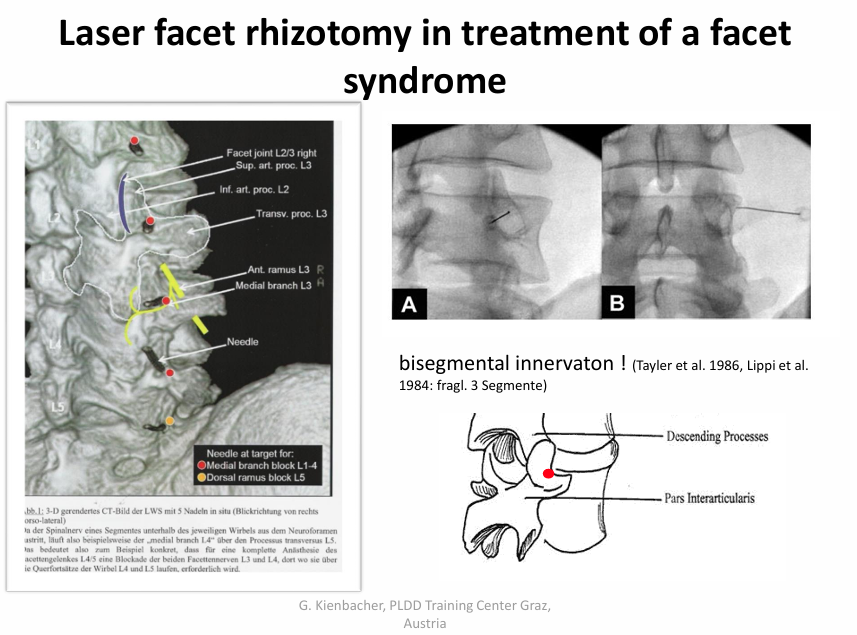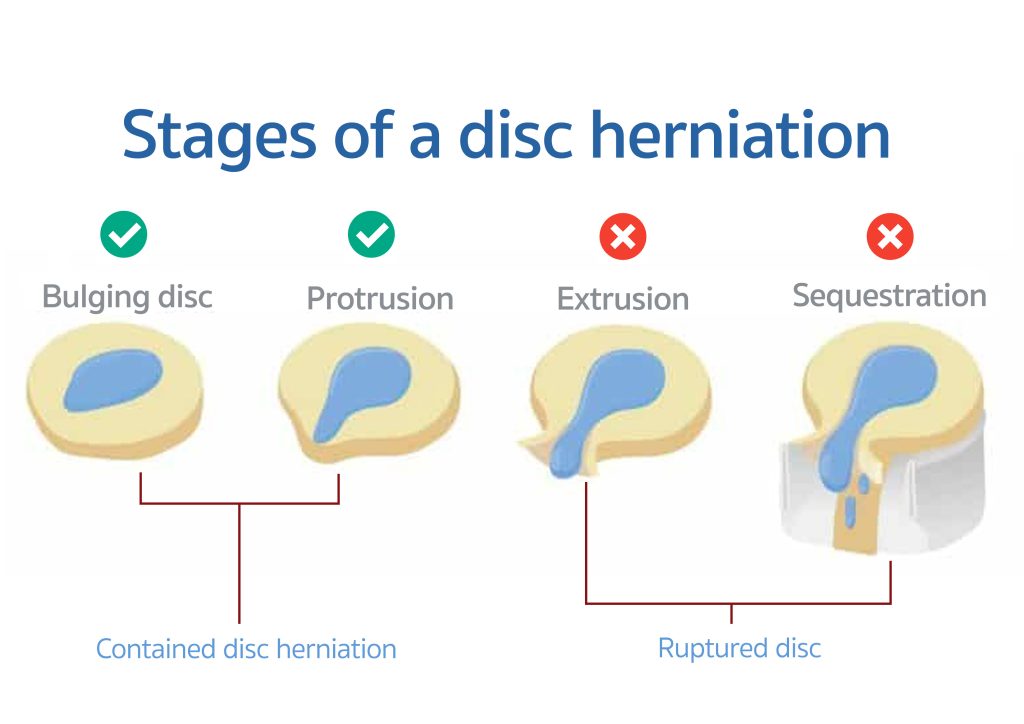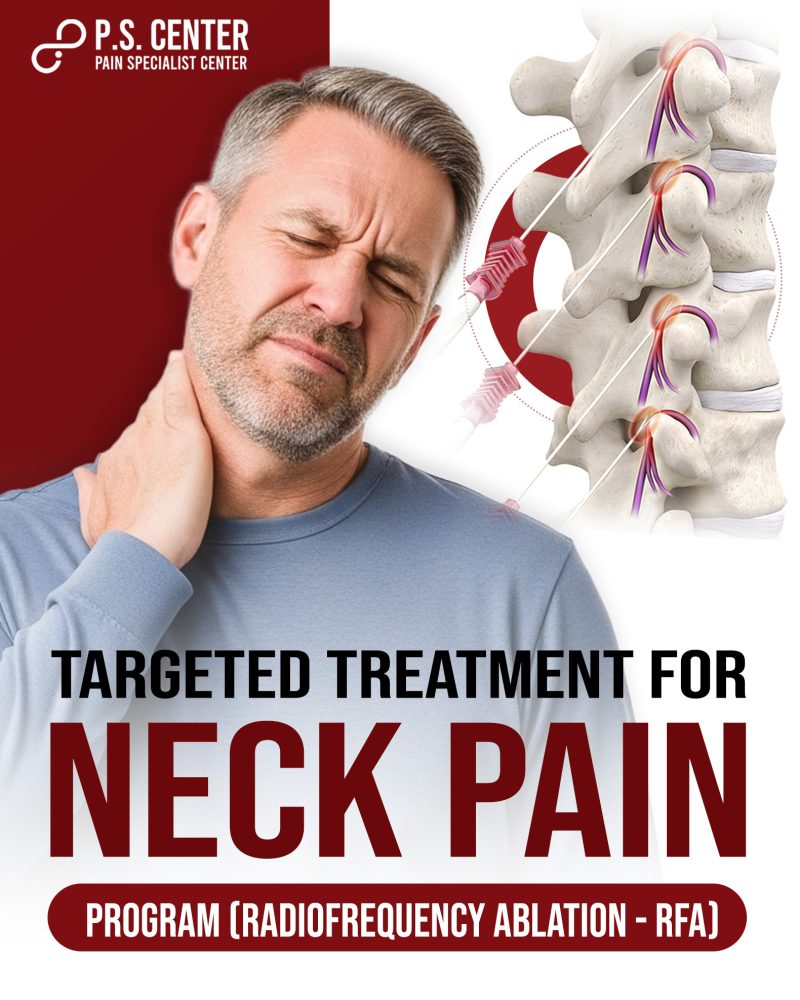Herniated Disc but Don’t Want Surgery? Worried that surgery might not relieve your pain or could lead to scar tissue and long recovery? There’s now a less invasive option that doesn’t require general anesthesia or hospital stay.

What is PLDD?
PLDD is a minimally invasive laser treatment that uses a tiny needle to reduce pressure inside the disc, helping the herniation shrink and relieving nerve pain.

How does PLDD work?
- Shrinks the bulging disc
- Reduces pressure on the nerve
- Reduce inflammation
- Destroys tiny pain-sensing fibers inside the disc
Why patients choose PLDD:
- No general anesthesia — just local numbing and light sedation
- No large incision — only a needle puncture
- No hospital stay — done as an outpatient
- Low risk of scar tissue
- Fast recovery and lower cost than surgery
Safety & Approval
Our laser system is:
✔ US FDA-approved
✔ CE certified (Europe)
✔ Thai FDA-approved
Who Is a Good Candidate for PLDD?

Who Should NOT Have PLDD?
- Ruptured discs
- Leg weakness or severe spinal compression needing urgent surgery
What Is the PLDD Procedure Like?
- PLDD is an outpatient procedure that takes about 30–40 minutes.
- You’ll lie face down. Local anesthesia and light sedation are used to ensure your comfort.
- An IV antibiotic is given to prevent disc infection.
- Under X-ray guidance, a fine needle is inserted into the affected disc.
- A laser fiber is introduced through the needle to vaporize a small amount of disc material.
- This reduces pressure inside the disc and relieves nerve compression.
Post-Procedure Care:
- You will rest in the recovery area return home within a few hours.
- A lumbar soft brace is recommended for 4 weeks after the procedure.
- Avoid heavy lifting, bending, or strenuous activity during the recovery period.
- Mild discomfort or soreness at the injection site is normal and can be managed with NSAIDs as needed
- Gradual return to light activity is encouraged after 1–2 weeks.
Are there any risks?
Just like any medical procedure, PLDD may have some risks. You might feel temporary soreness after the procedure. Other possible issues include bleeding, infection or nerve irritation, but these are minimized with image guidance technique, sterile conditions, and expert care.
Our team at PS Center Clinic is highly experienced in non-surgical spine procedures, including PLDD. We emphasize safe, effective, image-guided techniques and personalized treatment that fits your pain condition.
If you’re navigating disc-related pain and haven’t found relief through conservative methods, PLDD may be the right next step.






